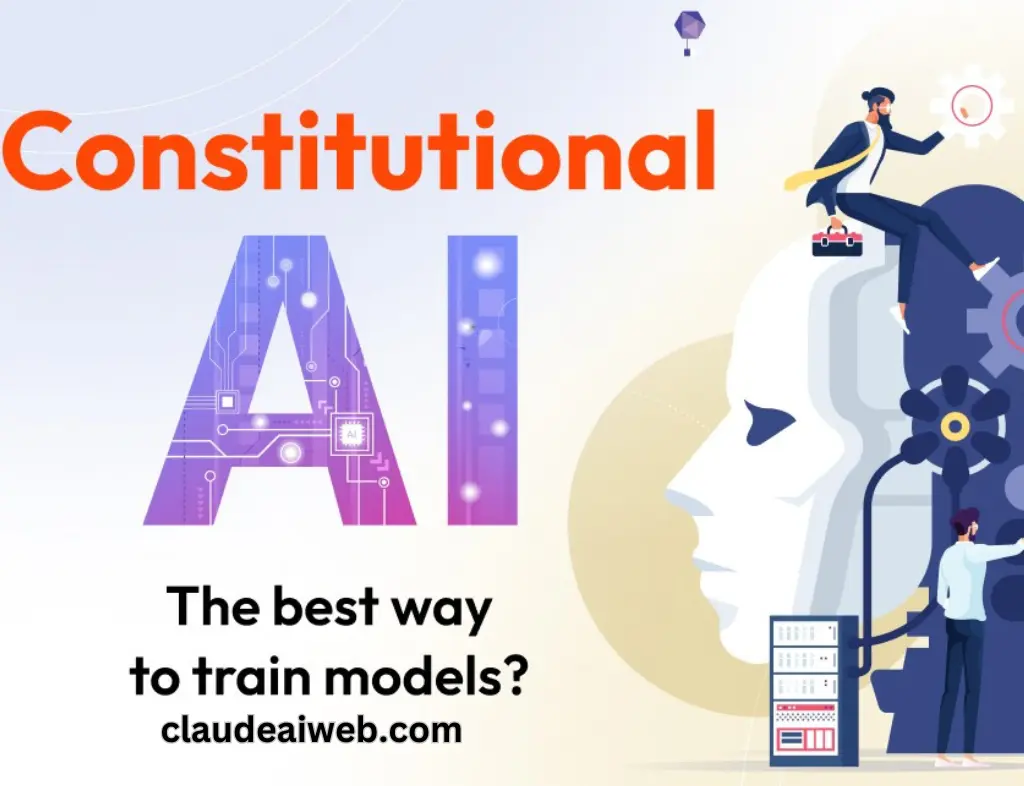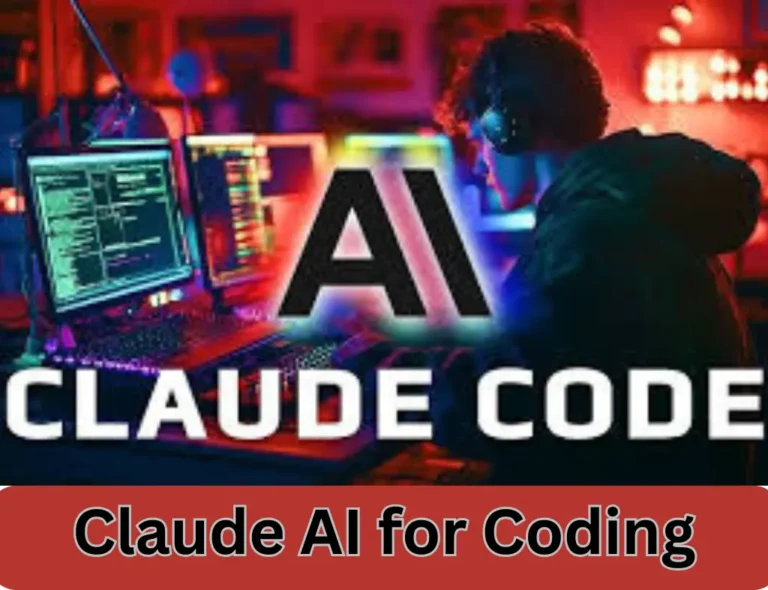What is Constitutional AI? A Deep Dive into Ethical AI Frameworks
As technology improves, integrating AI into human value systems continues to be a challenge. This is where Constitutional AI comes in. This technique aims to integrate principles of ethics into AI systems. In this article, we explain what Constitutional AI is, its importance in mitigating AI feedback, and its tools the Claude Constitutional AI.
What is Constitutional AI?
Constitutional AI frameworks utilize a model of artificial intelligence constructed using predefined rules to achieve the utmost ethical and compassionate behavior. Unlike traditional models that purely work by data and algorithms, these systems incorporate rules such as fairness, privacy, and even non-violence.
This framework helps Claude circumvent unethical requests while remaining helpful. Claude’s Constitutional AI with Claude’s “Constitution” handbook assistant was the first to utilize this approach. Some of those rules are:
- Never aid in activities that can bring unwanted harm.
- Do not share sensitive information about users without consent.
- Misinformation is to be corrected, but only in a more polite manner.
How Does Constitutional AI Guarantee No Harm Comes From Its Feedback?
The AI uses human input to rectify mistakes made by traditional AI models. This model adds a twist to the traditional approach by reversing it. The AI system establishes a self-improvement cycle and checks if its own outputs comply with its established constitutional rules.
The following outlines the process:
- Respond To Queries: The AI generates a set of answers to a particular question or statement.
- Self-Evaluates: The AI evaluates its performance against the constitutional principles of AI.
- Behavior Change: The AI filters the best responses and then uses them to simulate its outputs in the future.
Emphasis is now prioritized on less human supervision, which makes it easier to lower the ethical barrier.
Claude Constitutional AI: A Case Study in Ethical AI
The AI has to exercise discretion and self-restraint when balancing liberalism and responsibility within its capabilities, which is why Anthropic’s Claude uses Constitutional AI. For instance, consider this scenario.
- Scenario: A person requests medical assistance.
- Claude’s Response: I am not a doctor, but here are some essential guidelines. You may want to speak to a professional for specific help.
Claude refrains from being overly helpful by remaining corrective. Its training involves:
- A constitution comprising over 50 rules.
- AI feedback loops to strengthen compliance.
- Continuous evolution to mitigate new risks.
Benefits of Constitutional AI
| Aspect | Constitutional AI | Traditional AI |
| Ethical Alignment | Proactive rule-based governance | Reactive human corrections |
| Scalability | Self-supervised feedback reduces costs | Labor-intensive human oversight |
| Transparency | Clear rules explain decisions | Opaque data-driven outputs |
| Adaptability | Updates to the constitution refine behavior | Requires full retraining |
Challenges and Limitations of Constitutional AI
Although pledging, Constitutional AI is not without its shortcomings.
- Rules connected with Ethics: Limiting the parameters to abide by ethical practices is unfeasible.
- Excessive caution: Following rules to the letter might hinder helpful replies.
- Constitutional dilution: Constitutions are usually visionary documents that reflect the set values of an orthodoxy, which results in the documents missing out on a more multi-layered international perspective.
This issue is addressed by Anthropic through leveraging the wisdom of the crowds to construct and update Claude’s rules.
The Future of Constitutional AI
Look for progress such as:
- Constitution for specific industries: Custom norms for healthcare, finance, and more.
- International norms: Countries adopting constitutional-like AI regulations.
- Crossover models: AI with human-in-the-loop supervision.
Competitors are likely to be inspired by tools like Claude Constitutional AI, thereby accelerating new bounds for safe AI development.
Conclusion of Constitutional AI
Constitutional AI addresses the dual focus on the capabilities and ethical dangers of modern AI, the potential for Claude-style systems to be powerful and ethical hinges on its feedback being AI harmless. As this domain expands, proactive regulations will shape the future of artificial intelligence (AI) self-governance.
Are you intrigued about what Constitutional AI can accomplish for your organization? Begin by ensuring compliance with ethical paragons on appropriate utilisation of AI.







